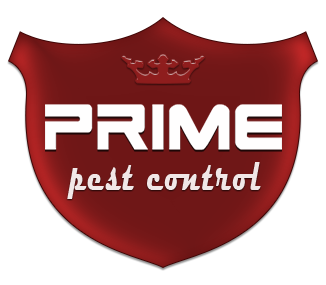Mice infestation
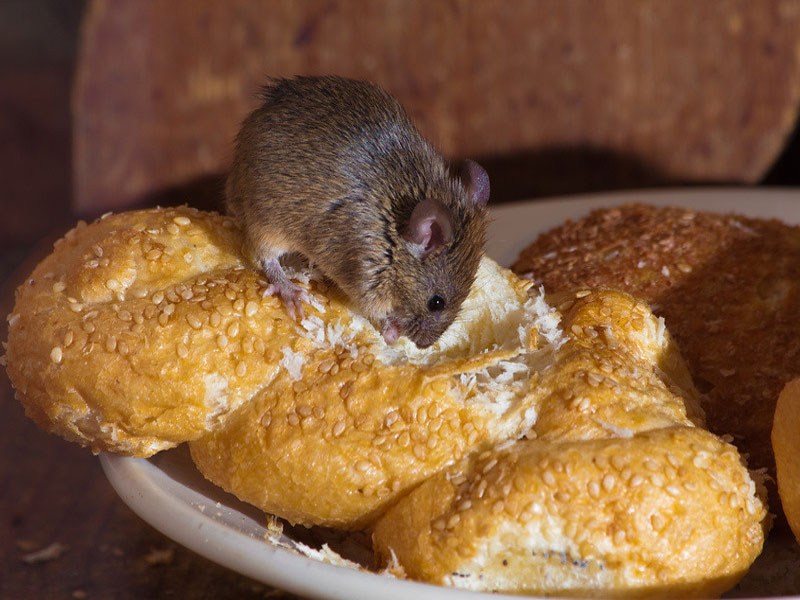
Mice are rodents and they are considered pests, due to the fact that they may cause damage to your property, but more importantly, they can transmit various diseases that pose risk to our health. Some examples would be: bubonic plague, leptospirosis, lymphocytic choriomeningitis, rat-bite fever, salmonella, tapeworms and others. The rat-bite fever is potentially deadly in 10% of the cases when it is not treated. This disease is transmitted through bites and urine contaminating either food or an open skin wound. In mega cities, such as London, mice are a common problem that has existed since their foundation. These rodents have adapted and developed great survival skills. They would most often require professional pest control to get rid of them effectively.
Usually, mice settle in domestic or commercial properties, finding easy access to food sources and shelter. Because of their habit to constantly nibble on things, mice may cause damage to insulation, electric appliances, and wiring inside hollow walls, in lofts and basements. These rodents may as well easily contaminate food supplies and commodities in warehouses and food stores with their urine, hair and droppings, which is a potential health-related hazard. Unlike rats, which are very cautious, mice are one of the most curious pests and the presence of a mouse does not necessarily mean that there is a population.
Mice control
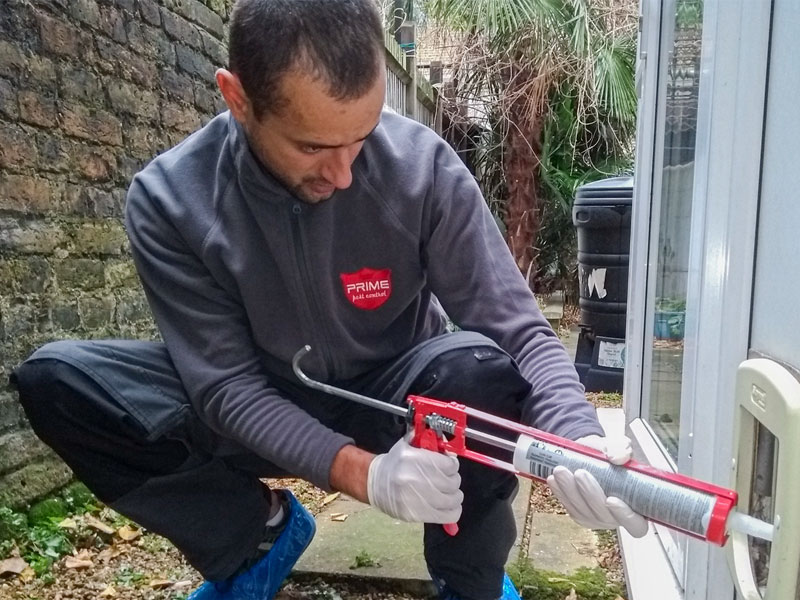
We have been successfully getting rid of mice and reducing their populations across East, West, South, North London and the surroundings for many years now. Our team of dedicated rodent specialists have been learning from experience and all the best practice codes, as well as studying new and innovative approaches to this pest, constantly trying to improve our rates of successful extermination. Effective mice pest control in commercial and residential premises always involves the following aspects: good sanitation and housekeeping, mouse proofing, as well as population growth deterrent solutions. Our targeted mice treatments implement all of the above-mentioned methods into an integrated pest management programme that has proven its efficiency and will get rid of your mouse problem for good.
During the colder months mice usually look for food and shelter in buildings, which increases the risk of an infestation being introduced to your property. The best way to deny access and block mice from entering your property is to seal all gaps and entry points. This technique is called mice proofing. It is an important aspect of the whole process, due to the fact that mice are so flexible that they can pass through a hole as tiny as 1/4 of an inch in diameter. With our mice pest control service we offer a wide range of proofing solutions, which have proven their efficiency and reliability in the long term.
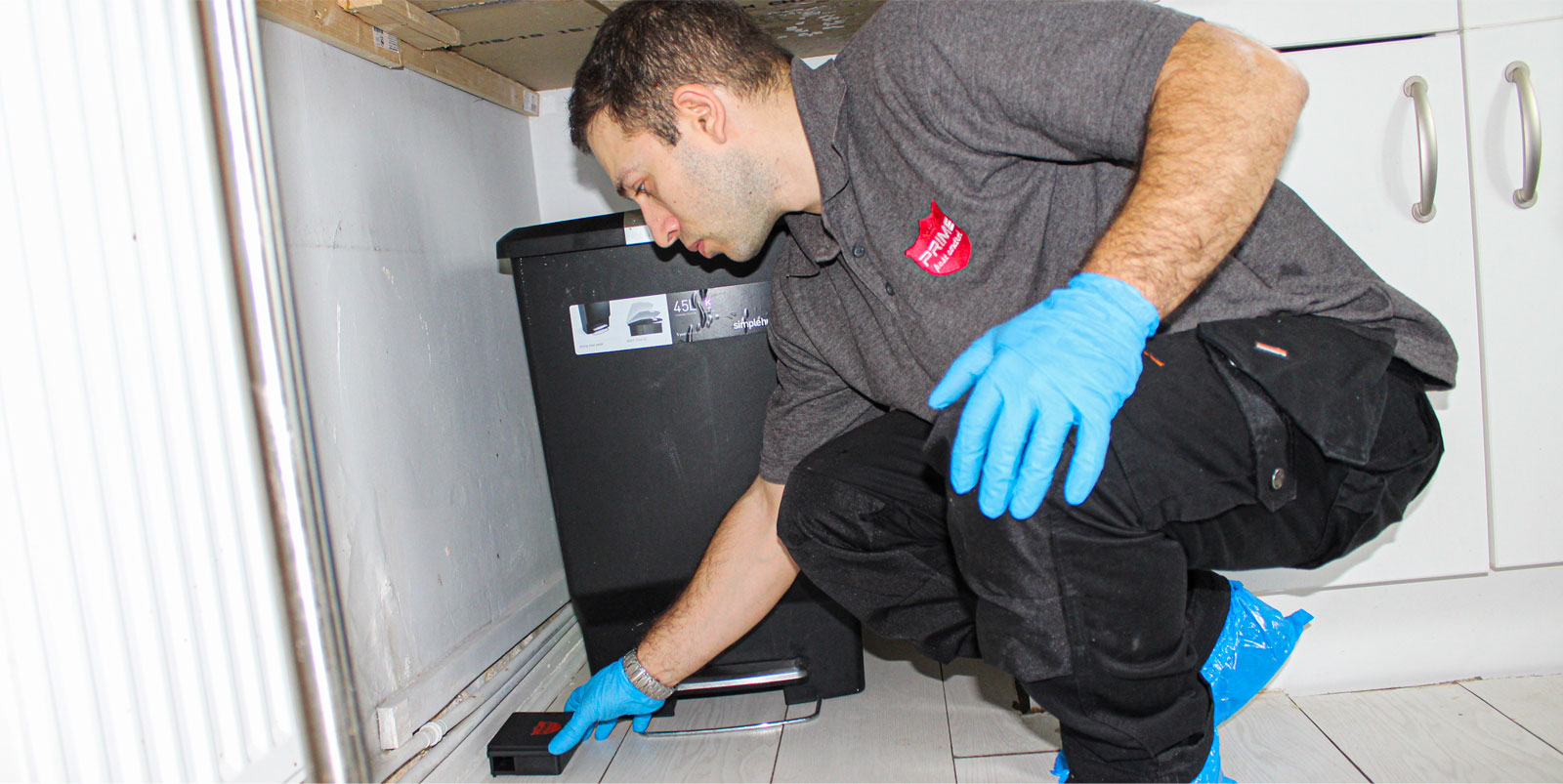
We design bespoke rodent and mice treatment programmes in accordance with all your personal requirements, the best practice codes and all legislation involved. As part of our mice control our pest experts always undertake a very thorough inspection, aiming to locate all possible nests and entry points to your home or business property. Thereafter, our mice catcher will assess the situation and decide what would be the most appropriate mice proofing measures, such as sealing of holes, gaps and cracks, proofing of doors and vents, etc… Gardening is also a good practice as tree trimming would prevent mice from climbing onto roofs, while cutting the grass low will expose any possible hideouts of mice and other rodents.
Another important aspect of mice control is maintaining a good level of sanitation and housekeeping in your property. It is highly recommended that you remove all the available food sources and store them tightly sealed in containers. This simple measure may dramatically increase your chances of getting rid of the mice and prevent further infestations. In case that a mice population is already present, our pest technician will identify the problem and decide what type of eradication method is most suitable and effective. At this stage the mice removal and extermination techniques may involve selection of the most appropriate bait traps, their accurate placement, using rodenticides and various trapping solutions. We use the most effective traps, including humane traps with electricity or carbon dioxide for quick multiple kills. There is a variety of anticoagulant rodenticides First generation (FGARs) and Second generation (SGARs), formulated with food attractants, making them more efficient in terms of the feeding habits of the rodents.
About mice
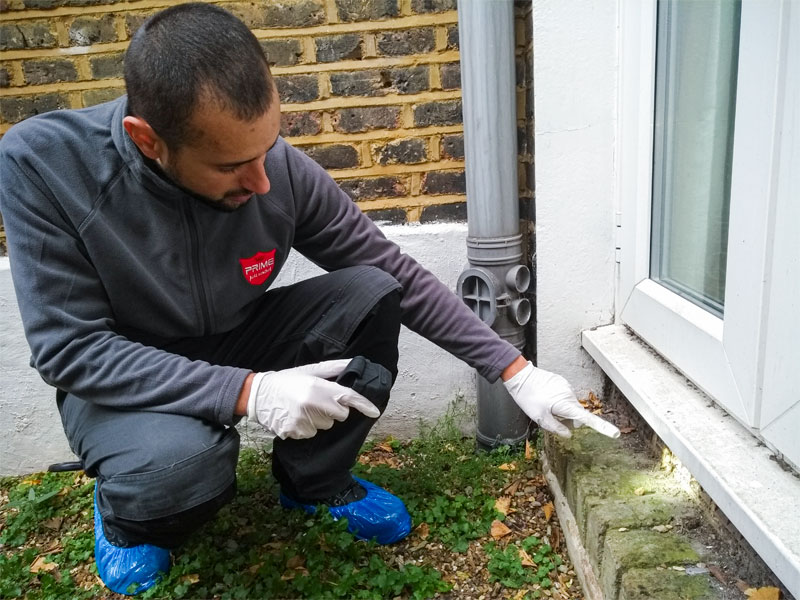
The mouse is a small nocturnal rodent, 2-4 inches long, very agile and remarkably adaptable to any kind of environment. Mice are usually invading homes in search of food and shelter, finding easy access to properties because they are very flexible and they can pass through a hole as tiny as 1/4 of an inch in diameter. The most common species in the UK are the house mouse and the field mouse. They could cause serious nuisance and also damage to your property. Moreover, mice pose risks to our health as they transmit diseases such as leptospirosis, rat bite fever, rickettsialpox, salmonella among others.
Mice are incredibly skillful and agile as they can jump up to one foot, climb onto rough surfaces, burrow in the ground and swim very well. Mice have poor eyesight but they are very curious and they use their other senses to find food and water sources. One of the most attractive food sources for mice are cereals. Mice do not have a bladder and most often they urinate on their pathways, leaving a lot of droppings as well. Mice reproduce at high rates as a female mouse will produce around 35 young ones per year. They will become fully-grown adults within 4-8 weeks, depending of the availability of food and shelter. The life span of a mouse is usually between 1-3 years.
